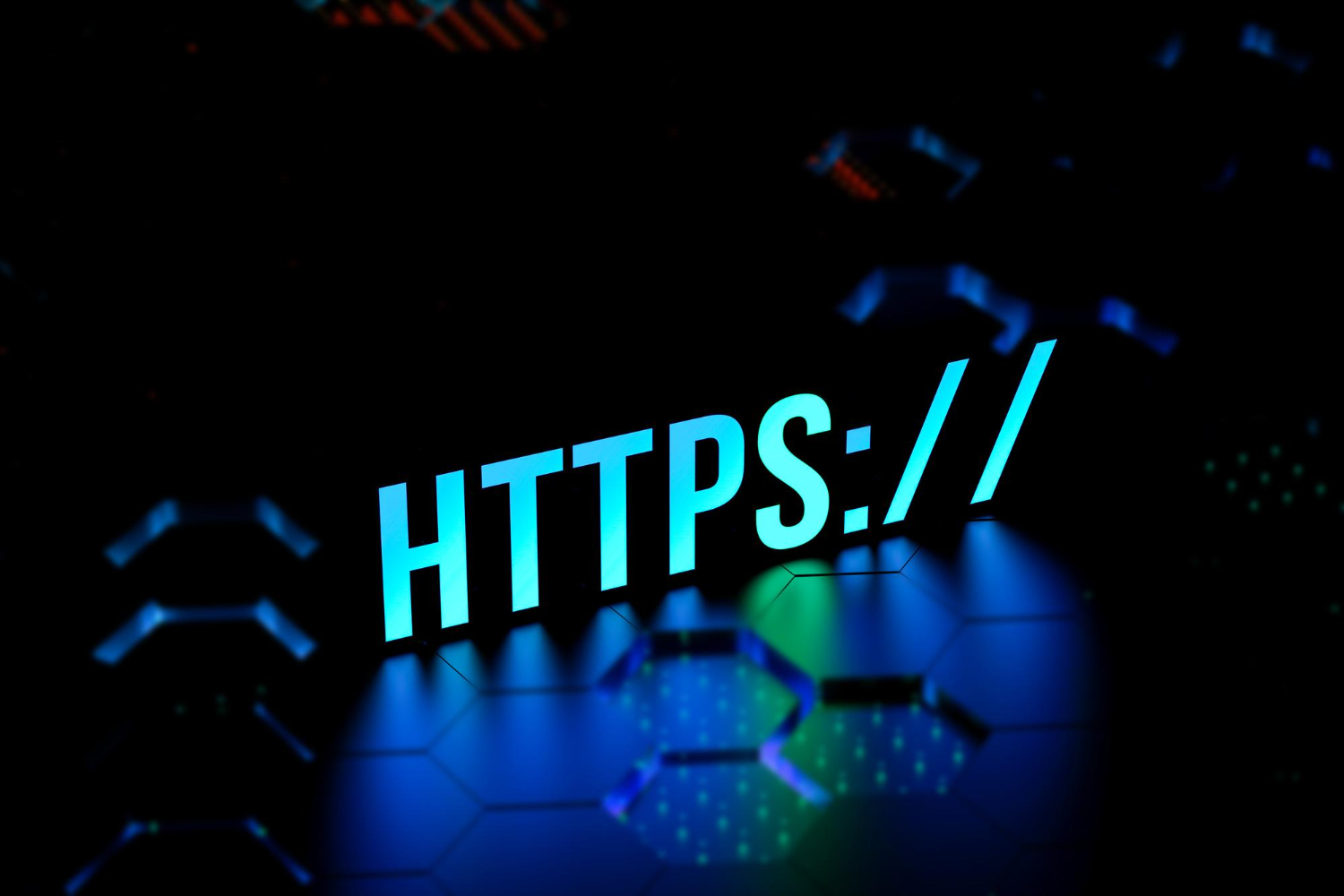Cyberattacks are evolving fast, and a single weak connection can open the door to serious breaches. We often hear organizations say, “We have TLS in place, so we’re safe.” But the truth is, standard TLS only validates the server, leaving clients exposed. That’s where mTLS authentication steps in; the silent guardian that verifies both clients and servers before any data moves. mTLS authentication can transform security, turning vulnerable points into fully secured channels.
Whether you’re managing internal microservices, exposing APIs, or connecting fleets of IoT devices, understanding mTLS authentication explained is crucial to keeping sensitive systems safe and stopping unauthorized access in its tracks.
What is mTLS Authentication?
mTLS authentication means mutual Transport Layer Security. Unlike standard TLS, which only authenticates the server, mTLS ensures both the client and server verify each other before any data exchange occurs.
Even small systems with unsecured client communications can be exploited. That’s why mTLS based authentication is such a game-changer. By requiring both parties to present trusted certificates, organizations add a critical layer of security in today’s threat landscape.
How does mTLS authentication work? It all starts with digital certificates. Both client and server hold certificates issued by a trusted Certificate Authority (CA). During the handshake, each side verifies the other’s certificate and then establishes an encrypted session key. This mutual verification ensures that only trusted entities can communicate
How Does mTLS Authentication Work?
Breaking down the mTLS authentication flow makes it easier to understand. Think of it like a formal meeting where both participants must show ID before entering a room.
Here’s mTLS authentication explained in practice:
- Client Hello: The client initiates the connection by sending a “hello” message.
- Server Hello: The server responds with its certificate.
- Client Certificate Request: The server requests the client’s certificate.
- Client Certificate Sent: The client provides its certificate for verification.
- Certificate Verification: Both sides validate the certificates against trusted CAs.
- Session Key Established: Both parties generate a shared secret for encrypted communication.
- Secure Communication: All data exchanged from this point is encrypted and authenticated.
This handshake shows how does mTLS authentication works, and why it’s far more secure than traditional TLS or password-only systems.
Also read – TLS Authentication
Key Components of mTLS
To really grasp mTLS authentication, it helps to know its building blocks.
- Digital Certificates: Contain public keys and identity info. Certificates form the foundation of trust.
- Public and Private Keys: The public key encrypts data, while the private key decrypts it, only the rightful owner can access the information.
- Certificate Authorities (CAs): Trusted organizations that issue and validate certificates.
- Root Certificates: Top-level certificates that establish a chain of trust.
- Subject Alternative Name (SAN): Lets a single certificate represent multiple identities, useful for complex deployments.
While implementing mTLS based authentication, understanding these components makes certificate management and trust relationships much easier.
mTLS Authentication vs OAuth
mTLS authentication and OAuth; both are valuable, but they solve different problems:
- OAuth focuses on authorization, allowing access without sharing credentials. It typically uses bearer tokens.
- mTLS focuses on authentication, verifying the identities of both client and server before any data is exchanged.
In practice, we recommend combining the two for sensitive applications: OAuth for user-level access control and mTLS for validating the communication channel. It’s clear that relying solely on OAuth is no longer enough. mTLS authentication vs OAuth shows why mutual authentication is a critical layer for modern security.
Benefits of mTLS Authentication
Implementing mTLS authentication may seem intimidating, but the advantages are clear. Here’s why we advocate it strongly:
- Zero Trust Security: Every connection is authenticated and authorized.
- Man-in-the-Middle Attack Prevention: Unauthorized interception is nearly impossible.
- API Security: Only trusted clients can access services.
- Device Access Control: Only approved devices with valid certificates can connect.
- Regulatory Compliance: Helps organizations meet strict compliance standards in finance, healthcare, and government.
Challenges of Implementing mTLS
No security solution is without hurdles. When deploying mTLS authentication, we advise considering:
- Certificate Management: Handling numerous certificates can be complex.
- Performance Overhead: The handshake process can add some latency.
- Compatibility: Legacy systems may need upgrades to support mTLS.
- Scalability: Large-scale deployments require careful planning to maintain trust and avoid certificate issues.
Real-World mTLS Authentication Flow
To make it actionable, here’s a step-by-step mTLS authentication flow for enterprise use cases:
- Client device initiates a request with its certificate.
- Server verifies the client certificate against trusted CAs.
- Server sends its certificate to the client.
- Client verifies the server certificate.
- Both parties generate a session key for encrypted communication.
- Encrypted data exchange begins, maintaining confidentiality and integrity.
- Continuous monitoring ensures certificates remain valid and trusted.
When to Use mTLS
We typically recommend mTLS authentication for:
- Microservices: Secure internal service communication.
- API Security: Protect high-value APIs with sensitive data.
- IoT Devices: Authenticate devices before granting network access.
- Hybrid Environments: Secure connections across on-premises and cloud systems.
- Financial and Healthcare Transactions: Sensitive communications needing strict authentication.
mTLS may not be needed for low-risk public websites or legacy systems that cannot support it.
Implementing mTLS Authentication
Here’s a practical approach we follow when guiding clients:
- Establish Trusted CAs: Issue and manage certificates.
- Configure Servers: Require mutual authentication during handshakes.
- Configure Clients: Ensure clients present valid certificates.
- Monitor and Maintain: Track certificate expiration, anomalies, and renewal cycles.
- Integrate with Existing Security: Combine with OAuth or other frameworks for layered security.
This structured approach ensures a smooth deployment and maximizes the benefits of mTLS authentication.
Conclusion
mTLS authentication means more than encryption. It means trust, verification, and protection. We’ve seen organizations transform their security posture with mTLS, making unauthorized access virtually impossible while meeting compliance requirements.
As threats evolve, understanding what is mTLS authentication and adopting mTLS based authentication is no longer optional. At AuthX, we guide enterprises every step of the way, helping secure APIs, protect data, and build trust across all digital communications.
If you want to understand mTLS authentication or see how does mTLS authentication work for your environment, our team is ready to help. Secure your connections with AuthX and stay ahead of evolving cyber threats.
FAQs
What is mTLS authentication?
mTLS authentication means mutual TLS, where both client and server verify each other before exchanging data, ensuring a secure connection.
How does mTLS authentication work?
It uses digital certificates from trusted CAs. During the handshake, both parties validate certificates and establish an encrypted session for communication.
How is mTLS different from OAuth?
OAuth focuses on authorization, granting access without sharing credentials. mTLS focuses on authentication, verifying identities of both client and server.
When should I use mTLS authentication?
mTLS is ideal for securing APIs, microservices, IoT devices, hybrid environments, and sensitive financial or healthcare communications.














